It’s not every day you turn 87. Today we’re saying a big Happy Birthday! to us. Back in 1926, on June 21, the Science and Industry Endowment Act came into being where the executive members of the CSIR were appointed. By CSIR I mean Council for Scientific and Industrial Research, the pre-1949 name for the Commonwealth Scientific and Industrial Research Organisation.
Back in the day: A CSIR Council Meeting in 1935.
Looking back on the 87 years, It’s pretty amazing to think about what we’ve achieved and the incredible minds that have made those achievements possible. Our track record includes fast Wireless LAN, Polymer Banknotes, the Relenza flu treatment and Aerogard, to name a few. If you want to look back through the decades, CSIROpedia is essential reading for any science history buff.
Here’s a little snapshot of what we’ve done over the years, through the eyes of our people.
Now, let us eat cake.
- Dr Jonathan Roberts, Director, Autonomous Systems Lab. With us since 1995. “In 2007 I co-founded the UAV Challenge Outback Rescue an international competition to encourage the development of autonomous flying robots for search and rescue.”
- Murray Cameron, John Donnelly and Leanne Bischof, from 1993, using super advanced computer graphics.
- Jan Bingley, General Manager, Intellectual Property and Licensing. With CSIRO since 2004. “One of my best moments was standing on one of the hilltops at the Capital Wind Farm site near Bungendore, under one of the turbines, with the team from Windlab Systems who identified the site using CSIRO software.”
- Dr David Topping, Chief Research Scientist, Animal, Food and Health Sciences. With CSIRO since 1977. “I was on the team that developed BARLEYmax – a new grain that’s helping make everyday food products that can improve the health of all Australians. What is especially satisfying is the number of people who tell me how CSIRO has helped to relieve their bowel problems.”
- Emma Wilkins, with CSIRO since 2006. “I led the communication team that launched the Hendra virus horse vaccine – the first Bio-Safety Level 4 vaccine in the world.”
- Jay Guo, Research Director, Digital Productivity and Services Flagship. With CSIRO since 2005. “I led CSIRO’s research into a range of world-leading wireless technologies such as multi-gigabit wireless backhaul, Ngara and reconfigurable antennas. I still love telling people CSIRO invented wireless LAN technology.”
- Dr George Hobbs: “I use our Parkes radio telescope to study pulsars and to hunt for gravitational waves (ripples in the fabric of space-time).”
- Mark Berman. “I founded and led the Image Analysis Group between 1989 and 2000. Two of the group’s most significant achievements were the RoadCrack system, for real-time detection and classification of cracking in roads and the Solarscan melanoma detection system, used in about 100 skin centres in Australia and overseas.”
- Dr T J Higgins, Honorary Fellow. With CSIRO since 1974. “My most recent project involved harvesting cowpeas at 39 degrees Celsius in Burkina Faso.”
- Baerbel Koribalski: “I came to CSIRO 20 years ago to work hands-on with the ATCA telescope and study gas and dark matter in nearby galaxies.”
- Rob Kerton, Video Producer. With CSIRO since 1983. “I shot video aerials from a helicopter at Tidbinbilla and had all the dishes pointing in the directions I requested.”
- Carol Saab, Communications Manager since 2010. “I project managed the redesign of CSIRO’s new logo and branding in 2011.”
- Bronwyn Harch, Chief of Mathematics, Informatics and Statistics. With CSIRO since 1995. “I was part of the CSIRO team that helped China launch its first civilian satellite to monitor global environmental conditions in 2012.”
- Dr Joy Bear, with us for 69 years. “I had the honour of working with the first chief of the division of mineral chemistry Richard Grenfell Thomas, investigating the chemistry and genesis of petrichor, a term coined by Thomas for the smell after it rains on dry soil.”
- Tom McGinness, this and that since 1991. “I worked with Nick Pitsas, Malcolm Paterson and Robert Kerton at the CSIRO Film, Video and Multimedia Unit to produce one of Australia’s first interactive educational CD-ROMs, ‘Insects, a World of Diversity’.”
- Thomas Harold (Hal) Oddie. Officer-in-Charge – Tracer Elements Investigations – 1947-1952. “Radioactive isotopes produced in cyclotrons or nuclear reactors were starting to become available at this time for use in medical and industrial applications, and as tracers in biological research, and in 1947 the newly formed section provided an advisory service.”
- Vanessa Hill, Social Media Advisor. With CSIRO since 2008. “I live tweeted from the Canberra Deep Space Communications Complex during the nail biting landing of the Curiosity Mars rover. Their awesome team relayed the signals and images from Mars back to Earth.”
- Peta Ashworth, joined in 2005. “My team and I worked with the community, helping to cut energy use in more than 2,000 Australian households. Some of our participants changed their behaviours to reduce their electricity consumption by up to 37 percent, with most averaging a drop of 12 – 20 percent in energy use.”
- Dr Alan “Ant” Andersen, Chief Research Scientist, Ecosystem Sciences. “During my 27 years with CSIRO I have developed one of the world’s largest ant collections, including the most extensive collection of Australian ants with 5,500 species.”
- Dr John Ward, joined in 2002. “I helped design OptiCool technology, a smart heating and cooling control system which helps cut building energy consumption by 15 to 30 per cent.”
- Dr Garry Cook, Chief Research Scientist, Ecosystem Sciences. “When I started work with CSIRO in 1988 I wanted to buy a computer and the response was “what do you want one of those for?”
- Alex Burton, joined in 2006. “I led the design of the heliostats (solar concentrating mirrors) for the solar field at the National Solar Energy Centre in Newcastle.”

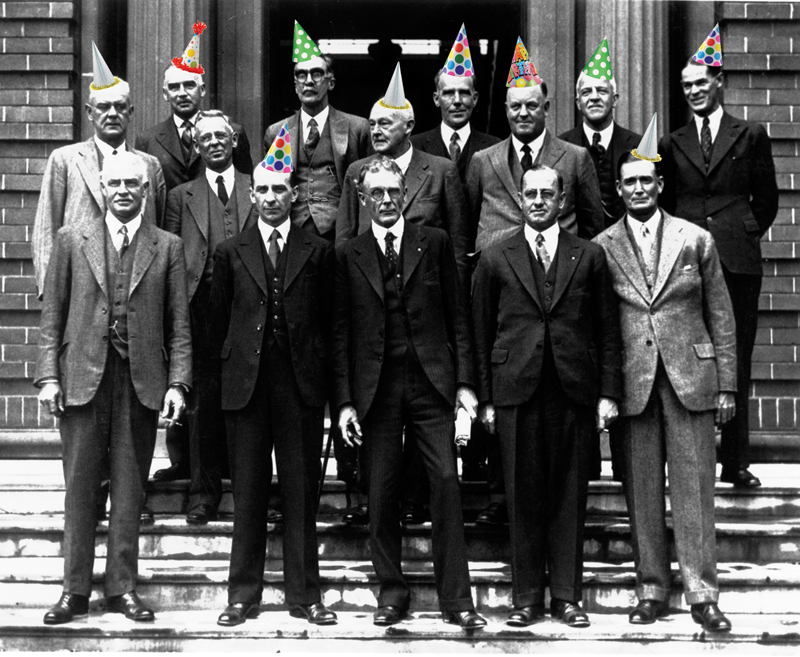
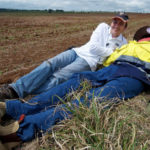
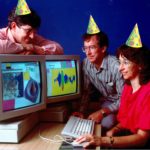
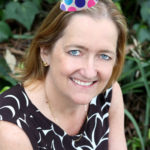
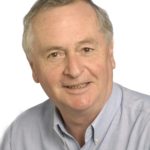
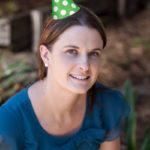
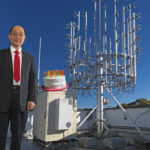
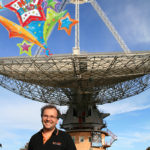
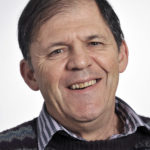
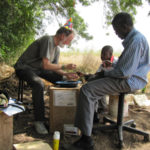
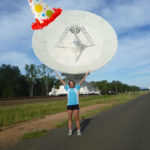
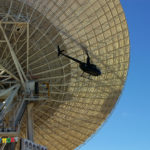
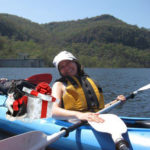
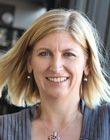
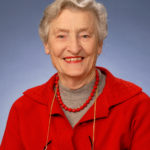
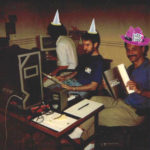
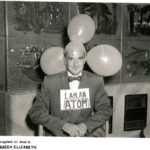
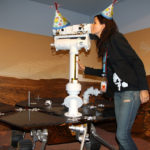
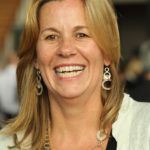
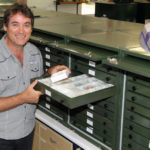
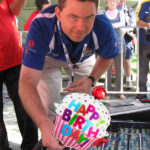
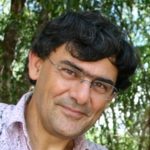
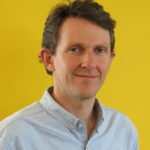
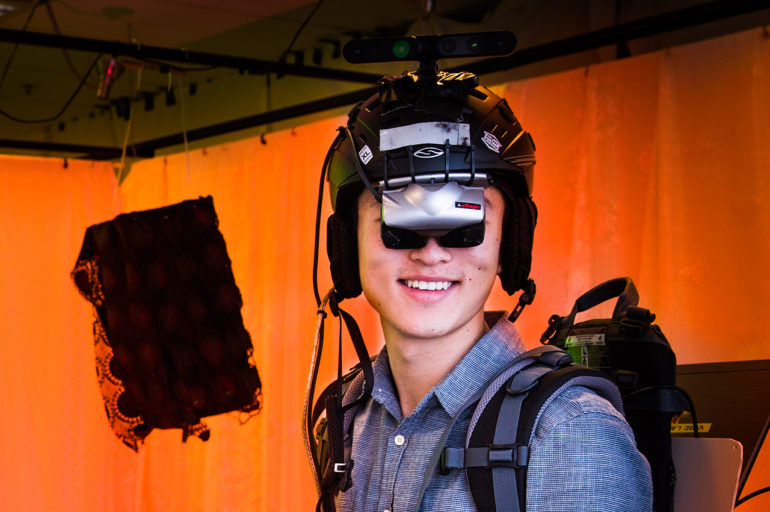
4th July 2013 at 10:01 am
I would love to know the names of the people in the 1935 CSIR Executive Council photo.
4th July 2013 at 10:48 am
Hi Alan,
Sure thing. Here’s the caption:
Front row, l to r. PE Keam, ACD Rivett, George Julius, HC Richards, EHB Lefroy. Second row: G Lightfoot, EJ Goddard, DO Masson, AEV Richardson. Third row: WR Grimwade, Kerr Grant (attending of behalf of Walter Young), RD Watt, HA Woodruff, I Clunies Ross (included as host of the meeting held at the McMaster Laboratory, Sydney).